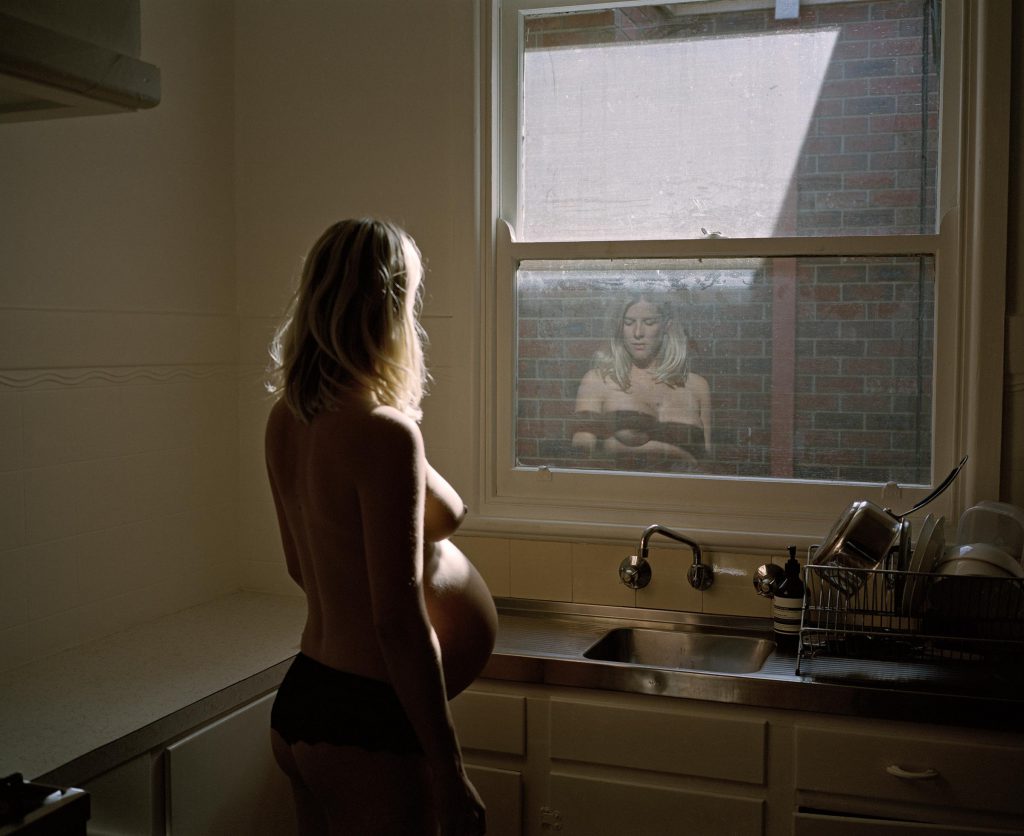The National Photographic Portrait Prize (NPPP) has changed its Terms & Conditions so that photographers now need to obtain permission from the subject regarding the ‘Artist’s Statement’, potentially reducing the range of images which will be submitted.
![]() The country’s most prestigious photographic portrait prize, run by the National Portrait Gallery (NPG) in Canberra, receives thousands of entries each year with over $50,000 in prizes up for grabs.
The country’s most prestigious photographic portrait prize, run by the National Portrait Gallery (NPG) in Canberra, receives thousands of entries each year with over $50,000 in prizes up for grabs.
One regular and previously successful entrant who objects to the requirement, informed Inside Imaging he feels the clause may force some photographers to adjust their Artists’ Statements to better please the subject.
‘Subject approval of an image is one thing, but this clause compels an artist to think about every line they write about someone and try to guess whether the subject will like it or not,’ he said. ‘When this happens an Artist’s Statement quickly becomes a PR exercise.’

A well-written Artist’s Statement can make a difference in how a judge views a photo. But a subject may reject a ‘winning’ statement, despite it detailing accurate information, forcing the photographer to edit until the subject is satisfied. This is particularly relevant if the subject is a public figure and wants tight control over their ‘brand’. But there are numerous other scenarios where providing this power to the subject could prevent a potentially winning image from being entered.
The NPG told Inside Imaging the consent clause has been a requirement for several years, and the purpose is to provide ’empathy and respect for both the sitter and the artist’.
It’s understandable that the NPG doesn’t want a PR nightmare to emerge. A statement which the subject perceived as defamatory, false, or offensive could create a media disaster should he or she criticise it after the award is announced.
But it’s not standard practice for subjects to control captioning, especially if the image is of a documentary nature. The photographer who approached Inside Imaging pointed out that journalists rarely allow the subject of am interview to edit the copy, or seek approval from a profile subject in order to publish an article on them.
And just as biographies which are authorised by the subject tend to be less critical and informative, the portraits in the NPPP will be likewise ‘authorised’.
It brings to mind a great article written by quirky film director, John Waters, where he detailed a ‘hellish’ interview with rock music pioneer, Little Richard, where a similar situation arose. The musician demanded Waters sign a release form requiring Richard’s approval for anything written about him. Waters refuses to sign the release, arguing it goes against the freedom of press. Despite Richard being one of the idols, things almost end in a fistfight.
At Inside Imaging we occasionally on request run articles past interview subjects as a courtesy and for fact checking; it’s surprising how often the ‘red pen’ comes out and the fact checking becomes a form of censorship.
It’s easy to imagine circumstances in the NPPP in which either powerful and important portraits aren’t entered, or the Artist’s Statement is no longer a statement from the artist but an exercise in narcissism or censorship by the subject.
Here’s the full response from the NPPP:
Subject consent in relation to artists’ statements has been a requirement for several years. At the National Portrait Gallery, our purpose and mission must be distinguished from other organisations within our society in which portraiture plays a distinct role (including the media). This requirement for a subject’s consent in the artist statement stems from our values, notably empathy and respect for both the sitter and the artist.
As a national cultural institution, the NPG embraces both the artists and their subjects as important stakeholders in the fulfilment of our purpose to present the face of Australia, to use portraiture to tell stories and to increase the understanding and appreciation of Australian people. The specific requirements for the NPPP must be understood in the context of the NPG’s overall exhibitions program, collection and public programs, which aim to engage and inspire.
Let us know what you think! Comment below.





Be First to Comment